WeChat Pay Ransomware
Possible Steps For Removing WeChat Pay Ransomware from Windows XP
WeChat Pay Ransomware is responsible for causing these errors too! 0x80243FFD WU_E_NON_UI_MODE Unable to show UI when in non-UI mode; WU client UI modules may not be installed., 0xf0823 CBS_E_NEW_SERVICING_STACK_REQUIRED Package needs a newer version of the servicing stack., 0x0000009E, 0xf0819CBS_E_DUPLICATE_UPDATENAME update name is duplicated in package., 0x80240021 WU_E_TIME_OUT Operation did not complete because it timed out., 0x80245FFF WU_E_REDIRECTOR_UNEXPECTED The redirector failed for reasons not covered by another WU_E_REDIRECTOR_* error code., 0x000000BE, 0x80242004 WU_E_UH_DOESNOTSUPPORTACTION A request for the handler to install (uninstall) an update could not be completed because the update does not support install (uninstall)., 0x80240019 WU_E_EXCLUSIVE_INSTALL_CONFLICT An exclusive update cannot be installed with other updates at the same time., 0x80240004 WU_E_NOT_INITIALIZED The object could not be initialized., 0x8024400D WU_E_PT_SOAP_CLIENT Same as SOAP_E_CLIENT - SOAP client found the message was malformed; fix before resending., Error 0x80073712Remove WeChat Pay Ransomware From Operating System Easily
WeChat Pay Ransomware is yet another harmful computer threats that already infected large number of Operating System across globe. With the only bad intention to make illegal profit and steal victims personnel data cyber criminals created this nasty threats as well as spread extensively over Internet. Basically it intrudes inside your Operating System through bundled with freeware or shareware program. Additionally clicks to suspicious ads, infected websites visits and nevertheless opening spam email attachments result in its invasion.
WeChat Pay Ransomware does all best to lean down your computer performance, creates large number of junk files that consumes maximum resources as resultant CPU hangs a lot. Moreover, alter browser default settings according to its needs after which continuous redirection, regular coming ads with much slow Internet speed frustrate you. The worst part, security analyst found it monitors all activity you do online, thus private information are under threats. Therefore you are strongly suggested to Remove WeChat Pay Ransomware from Operating System as soon as possible.
Part 1:- Start Operating System In Safe Mode With Networking
Windows 8/10
- Click on Start menu >> Press Shift key.
- Click on Restart button.

- Select Troubleshoot option from screen.
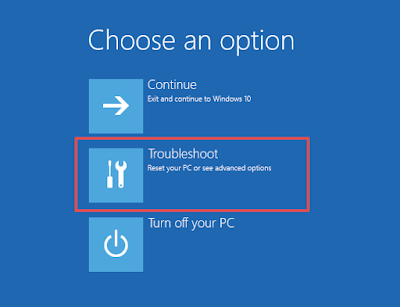
- Click on Advanced Options >> Choose Startup Settings option.
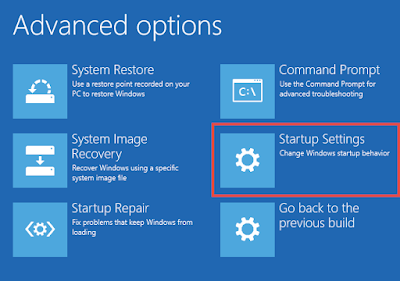
- Select Enable Safe Mode option >> Click Restart button.
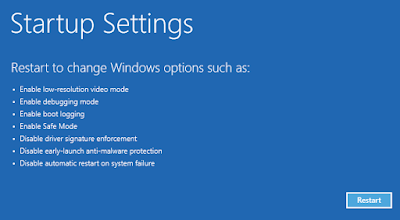
- Press F5 button to Enable Safe Mode With Networking option.
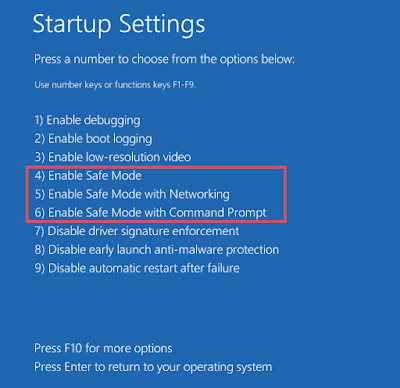
Windows XP/Vista/7
- Click on Start menu >> Select Restart button.
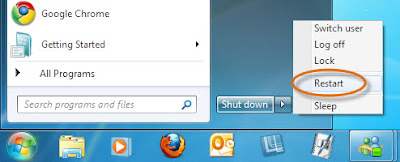
- While Operating System start booting, Press F8 button continuously.

- After that Advance boot menu appear on Operating System screen.
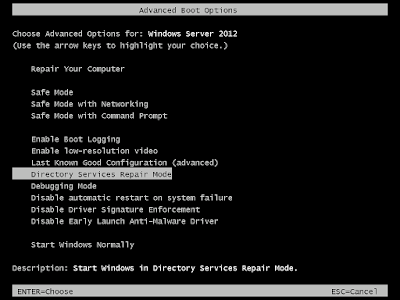
- Select Safe Mode With Networking Option.
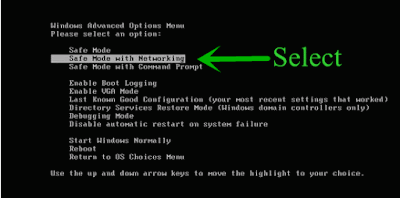
- Finally press Enter button.
Part 2:- Remove WeChat Pay Ransomware From Control Panel
Windows XP
- Go the Start menu >> Select Control Panel.
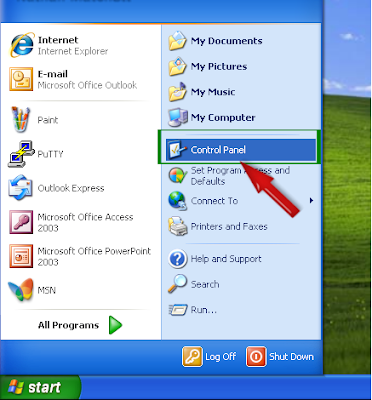
- Click on Add or Remove programs option.
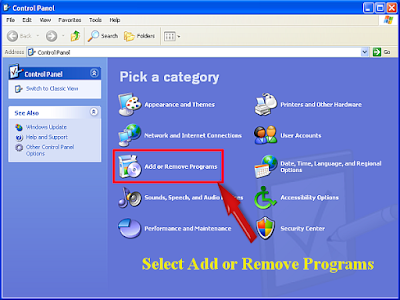
- Search and Remove unwanted program from Operating System.
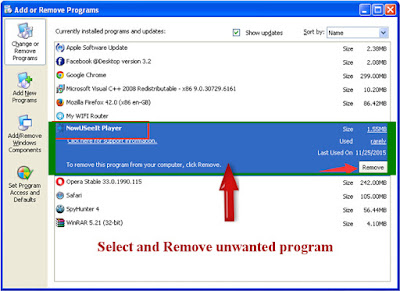
Windows 7
- Click the Windows key.

- Select Control Panel Option.
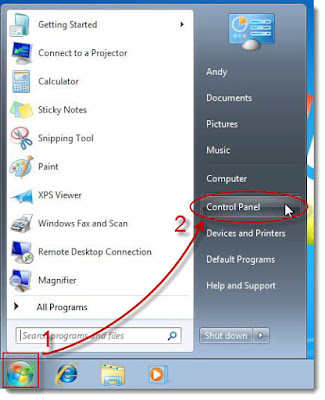
- Select Remove A Programs option.
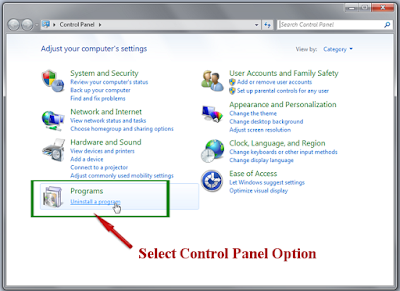
- Select and Remove unwanted program from system.
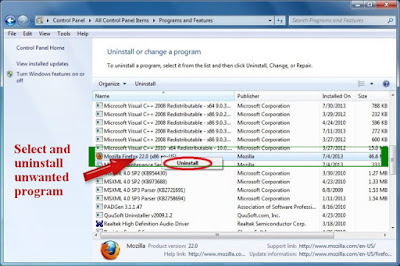
Windows 8
- Press Win+R button to open Run Box.
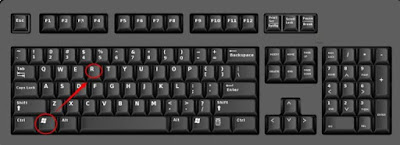
- Type control panel in Run window.
- Press Enter button to open the Control Panel.
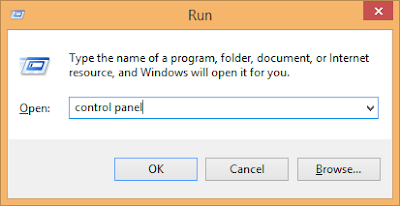
- Select Remove a program.

- Do Right-click WeChat Pay Ransomware related programs.
- Click Remove option to Remove it completely.

Windows 10
- Press the start button.
- Select Settings option.
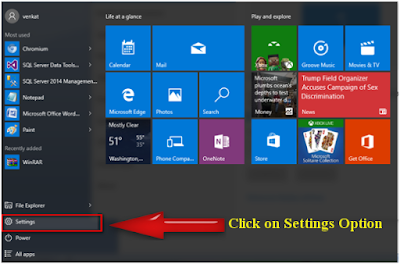
- Choose system option there.

- Click on Apps and Features option.
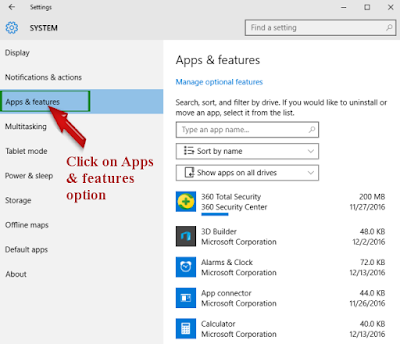
- Select and Remove unwanted program.
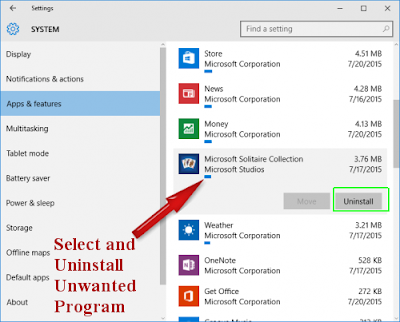
Part 3:- Remove WeChat Pay Ransomware Related Process From Task Manager
- Press ALT+Ctrl+Del buttons altogether.
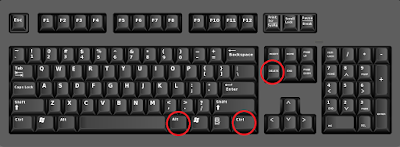
- Choose Windows Task manager option from Operating System screen.
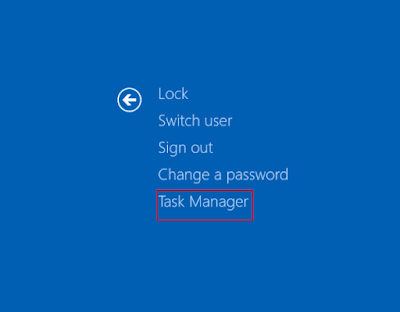
- Select the malicious process.
- Click on End Task button.
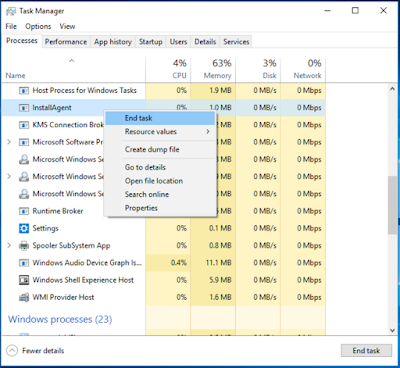
Part 4:- Solution to Remove WeChat Pay Ransomware From Firefox
From Mozilla Firefox
- Open Mozilla Firefox browser.
- Click on gear icon to open menu.
- Select Add-ons >> Add-ons Manager tab will open.
- Choose Extensions or Appearance panel.
- Choose WeChat Pay Ransomware add-on you want to Remove.
- Click the Remove button.

From Google Chrome
- Click on great icon to open Chrome menu.
- Now click on the Tools option.
- Go to Extension >> Select unwanted extension.
- Finally click on trash bin icon.

From Internet Explorer
- Open Internet Explorer browser.
- Click on Gear Icon to open Tools.
- Click on Manage Add-ons option.
- Select Toolbars and Extensions tab.
- Find WeChat Pay Ransomware related add-ons >> Click Disable.
- Click More information button.
- Finally, click on Remove button.

From Microsoft Edge
Microsoft Edge doesn't support extension so you need to reset your
browser homepage.
- Open Microsoft Edge browser.
- Click on More (...) icon >> Go to Settings.
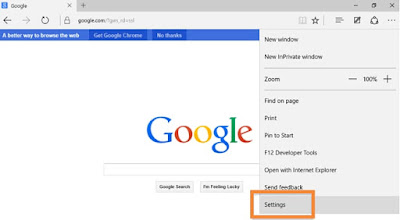
- Select a specific page or pages under Open option.
- Select Custom option.
- Enter URL that you want to set as your browser homepage.

Part 5:- Remove WeChat Pay Ransomware From Registry Editor
- Pressing Win + R keys together.
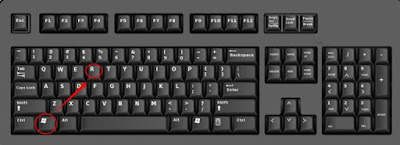
- Type regedit >> Click OK.
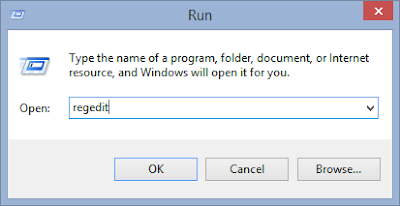
- Find and Remove WeChat Pay Ransomware related registry files.
HKEY_LOCAL_MACHINESYSTEMCurrentControlSetServicesWpm
HKCU\Software\Microsoft\Windows\CurrentVersion\Internet Settings\random
HKEY_LOCAL_Machine\Software\Classes\[adware name]
HKEY_CURRENT_USER\Software\Microsoft\Windows\CurrentVersion\Run “.exe”
HKEY_CURRENT_USER\Software\Microsoft\Windows\CurrentVersion\Internet Settings “CertificateRevocation” = ’0
HKEY_LOCAL_MACHINE\SOFTWARE\Microsoft\Windows\CurrentVersion\run\random
HKEY_CURRENT_USERSoftwareMicrosoftInternet ExplorerMain “Default_Page_URL”


No comments:
Post a Comment